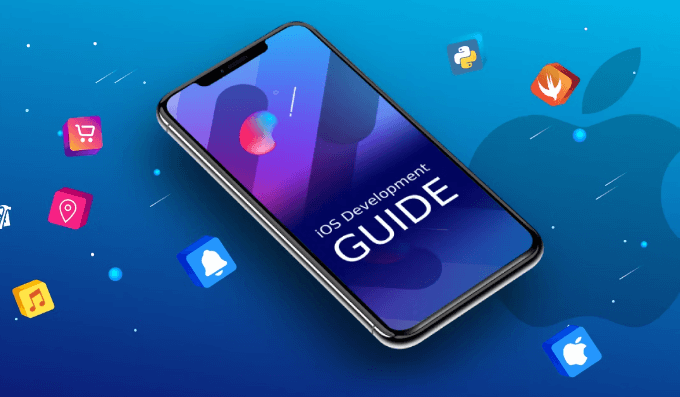Setting Realistic Costs for Your Next iOS App Project

In pursuit of a sustainable return on investment, small and medium-sized companies (SMEs) and start-ups often rely on their development partners to bring their app ideas to life. When you embark on an iOS app development journey, you typically have a comprehensive understanding of the one-off costs involved.
Realistic Cost of iOS App Development are often treated separately and can cause a surprising awakening once your app has been launched. To budget properly, you must get a clear overview of the running costs in advance. We explain cost drivers and define how high these ongoing costs can be.
What are the running costs of an app?
The operating costs of an iOS app are unpredictable; thus, there can be a vast difference in prices. Everything is possible here – from one hundred dollars to several hundred thousand dollars. This is because an iOS app’s running costs are associated with several factors, including the number of users, functions, computing power of the functions, required server size, or some third-party services. This is why it is important for SMEs and Start-ups to understand the running costs appropriately. Here are the most critical cost drivers indicated for your reference, indexed, and appropriate measures highlighted.
Different approaches to achieving your goal when creating an iOS app vary in price. You can rely on free, open-source solutions for frequently used application functionalities. Developers often need to integrate more complicated features in an iOS app from the start. Since this function is news, you cannot fall back on the tried and tested. Rather, you can rewrite the entire code. Another option is obtaining the software solution from a third-party provider through a subscription or on-demand service. There are these five ongoing cost drivers of an iOS app:
Server costs
Not all functions you can see and use as an iOS app user are carried out directly in the app. A lot of information is transferred on the server side, so basic functions such as login/registration are processed directly on the server side. Many agencies discuss the number of users accessing their servers when pricing server costs. However, it only depends on the number of users – many are inactive and, therefore, don’t need any server volume. Instead, you must know about the number of simultaneously active users and the computing power required.
Database costs
Regarding “monthly database costs,” you must know that an iOS app’s information is saved in a database. This affects all your customer data, account information, and user interaction.
Performance, deployment, and capacity drive database costs. In short, the more data or users must be managed in the database, the more expensive the database becomes. Of course, numerous apps run on various databases that need to be maintained.
Data storage costs
One of your iOS app’s existing functions includes uploading and downloading files such as images, videos, and texts. Saving these online ensures synchronization between different devices. In other words, the device used does not affect the display of this information.
Third-Party API Costs
There are different approaches to developing an iOS app function. Either (A) you develop “from scratch,” or (B) you use various public frameworks and libraries that have already tested and improved certain essential functions millions of times, or (C) you use licensed software from a third party.
Programming everything from scratch doesn’t make sense: it’s expensive, difficult to keep up to date, and requires much maintenance effort. It’s better to take advantage of what certain vendors offer to implement some features in your app quickly.
Fees for launching your app in the AppStore
The ongoing costs for your iOS app in the AppStore are generally lower than those listed above. The store does not charge a subscription fee; however, there is a one-time fee for setting up an app developer account. This account allows you to publish an unlimited number of apps in the store.
Basic iOS App
For a basic iOS app with standard payment gateway integration, you can expect the cost to range between $1,000 and $5,000. This estimate covers the integration of a widely used payment gateway provider, basic customization to match your app’s branding and standard security measures.
Complex iOS App
The cost can increase significantly if your iOS app is more complex and requires advanced payment gateway integration. The cost typically ranges from $5,000 to $20,000 for such projects. This estimate includes integration with a specialized payment gateway provider, extensive customization, stringent security measures, and thorough testing.
Conclusion
The running costs of an iOS app cannot be generalized. As explained above, these running costs depend on various factors, such as the app’s range of functions, specific functions, or the number of active users on the platform. Therefore, it is advised to get professional help from the iOS App Development Team.




